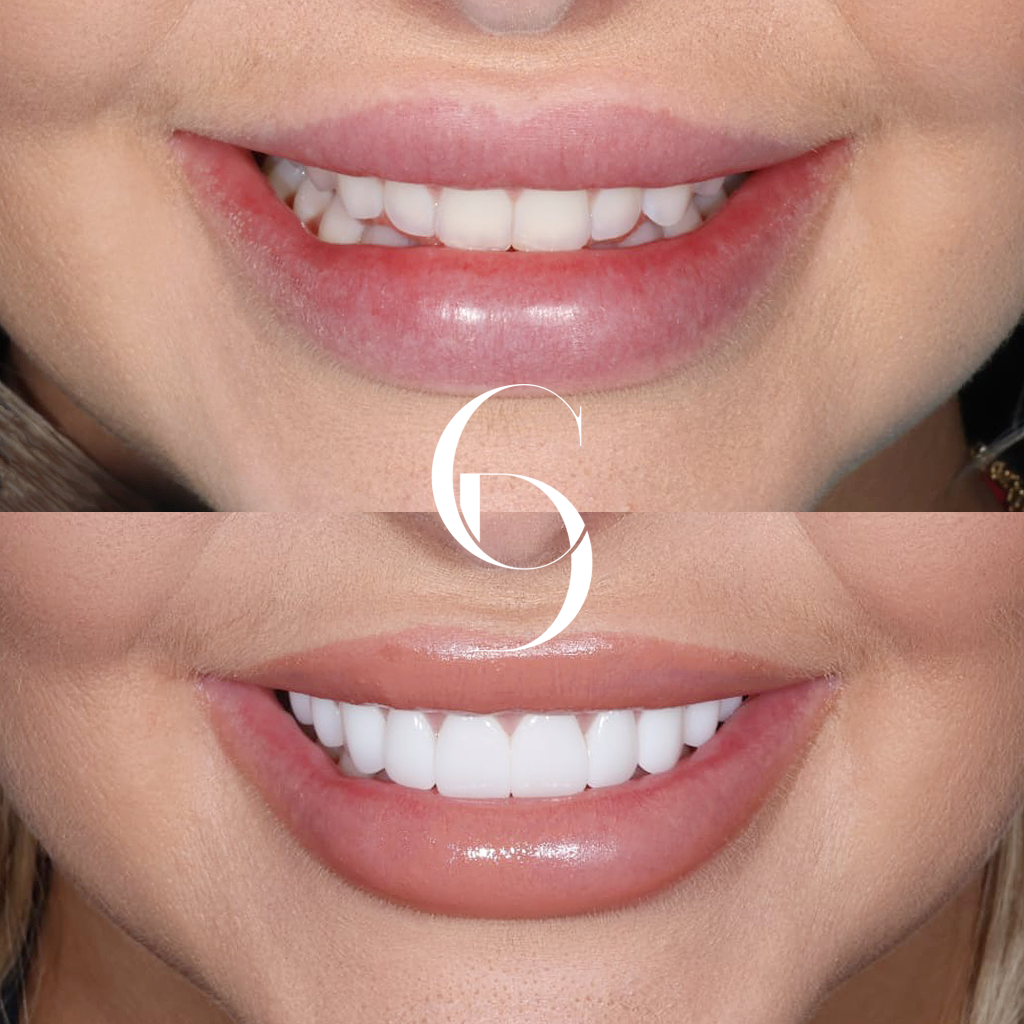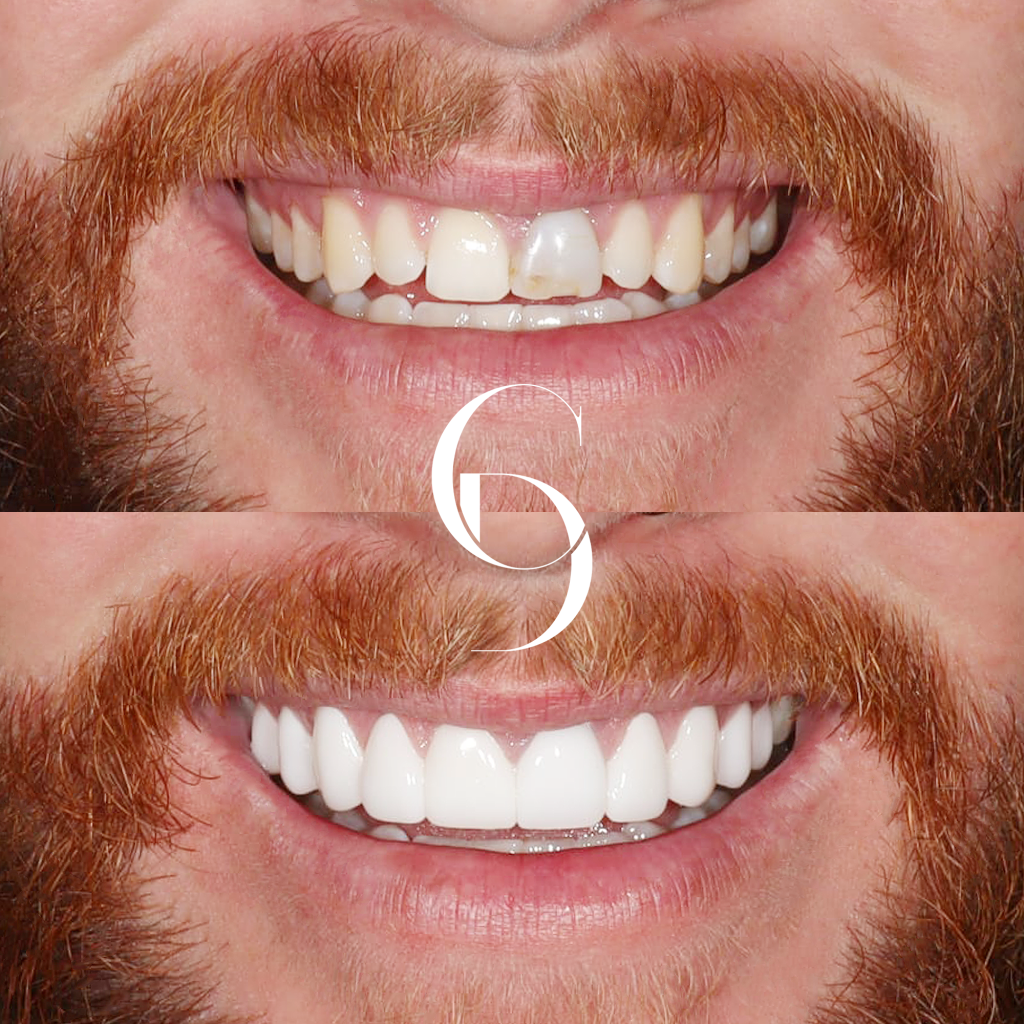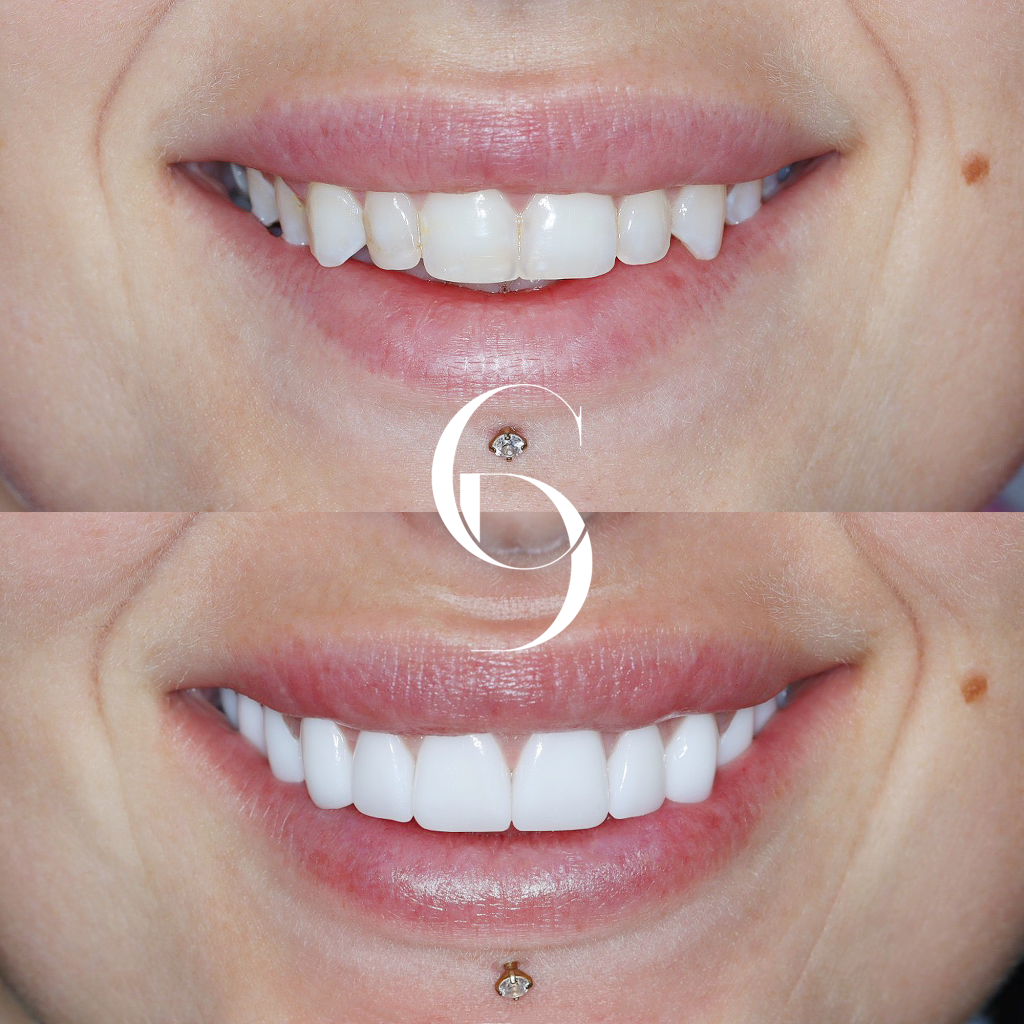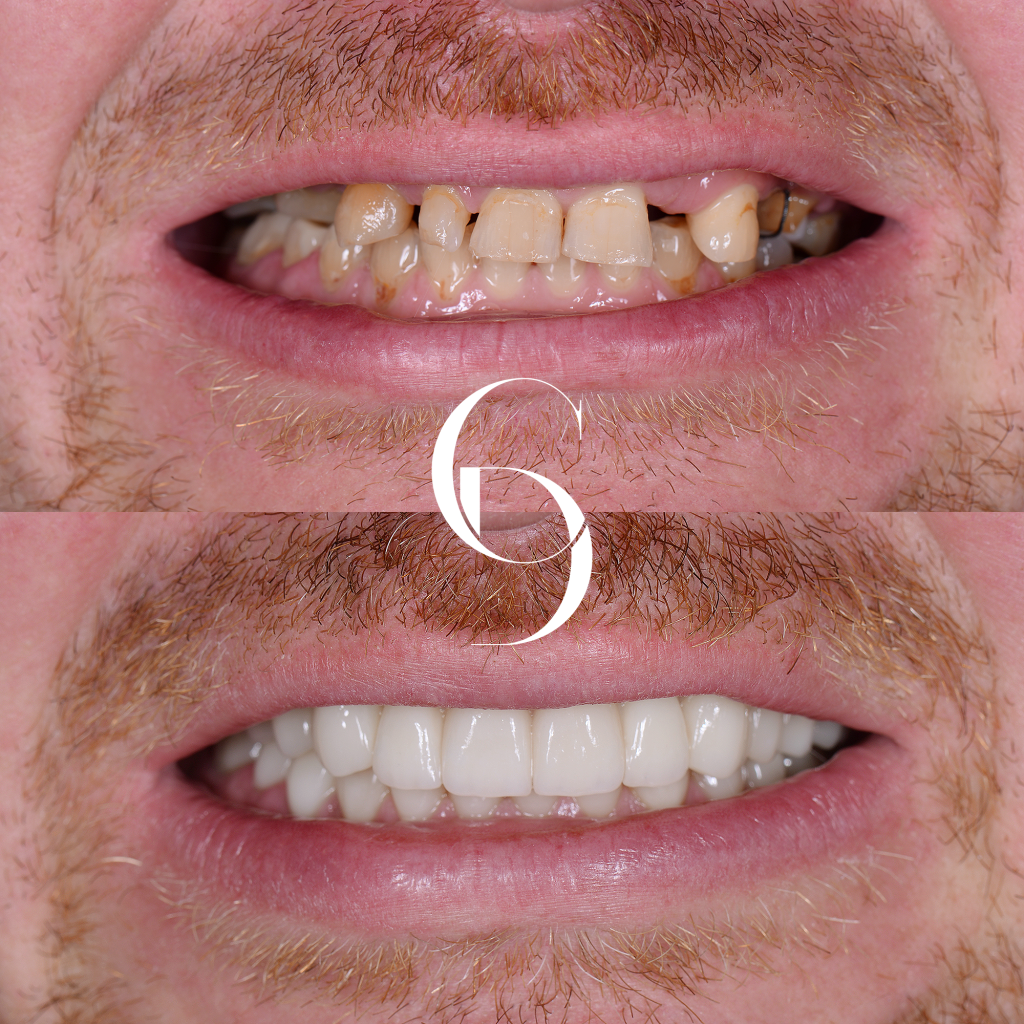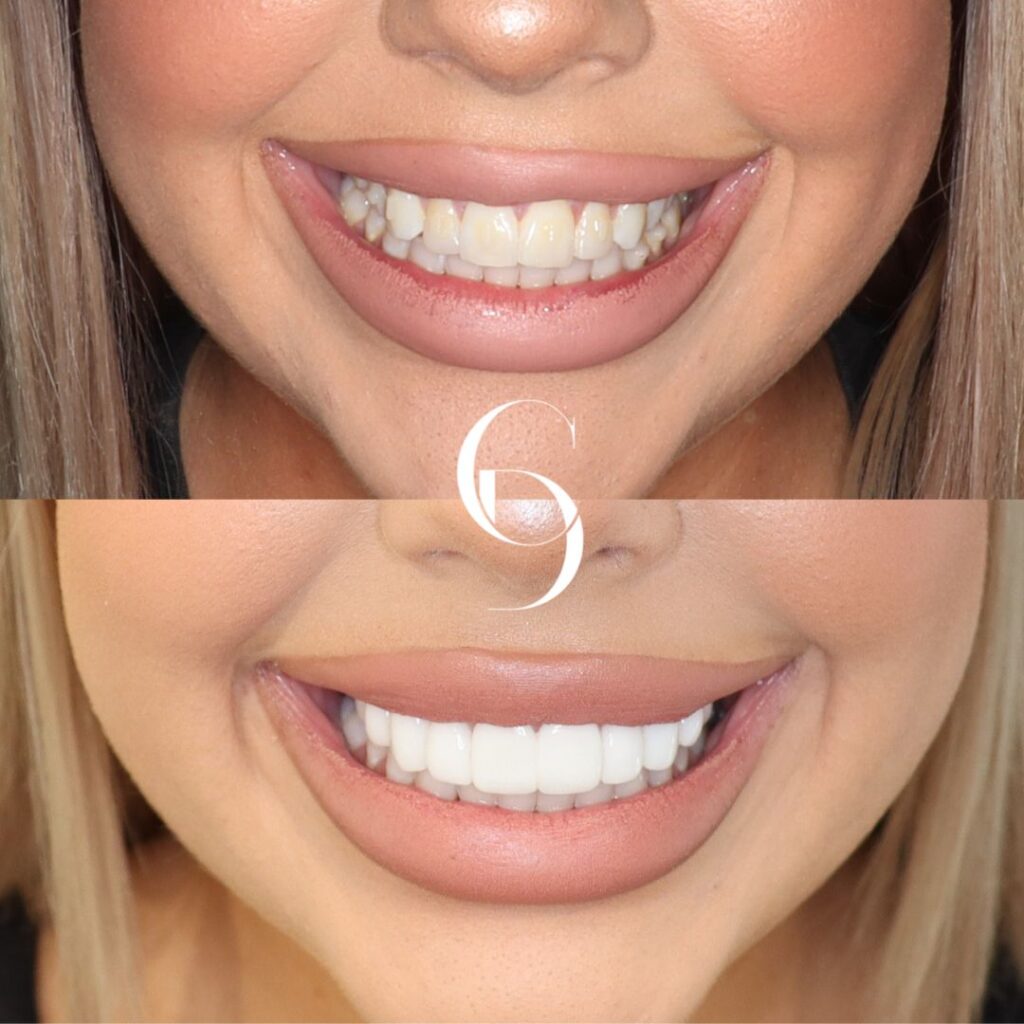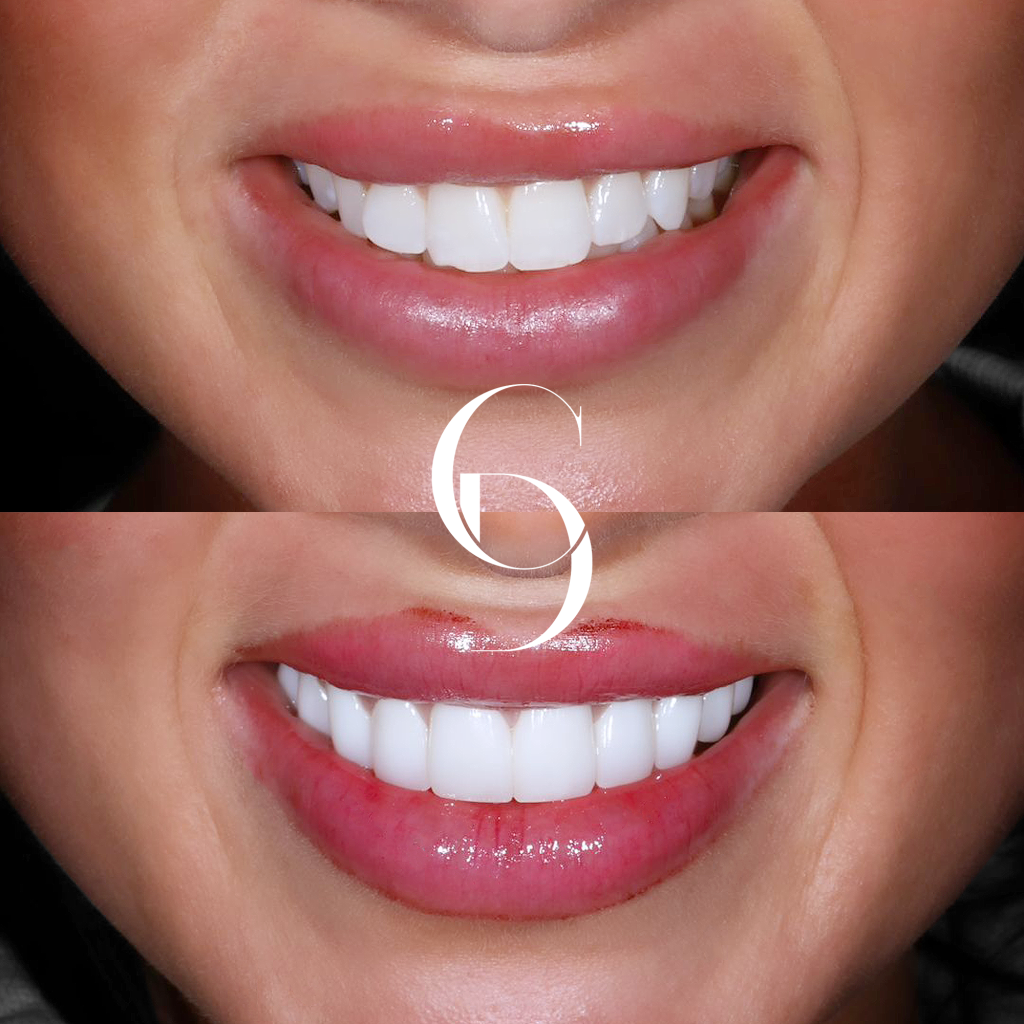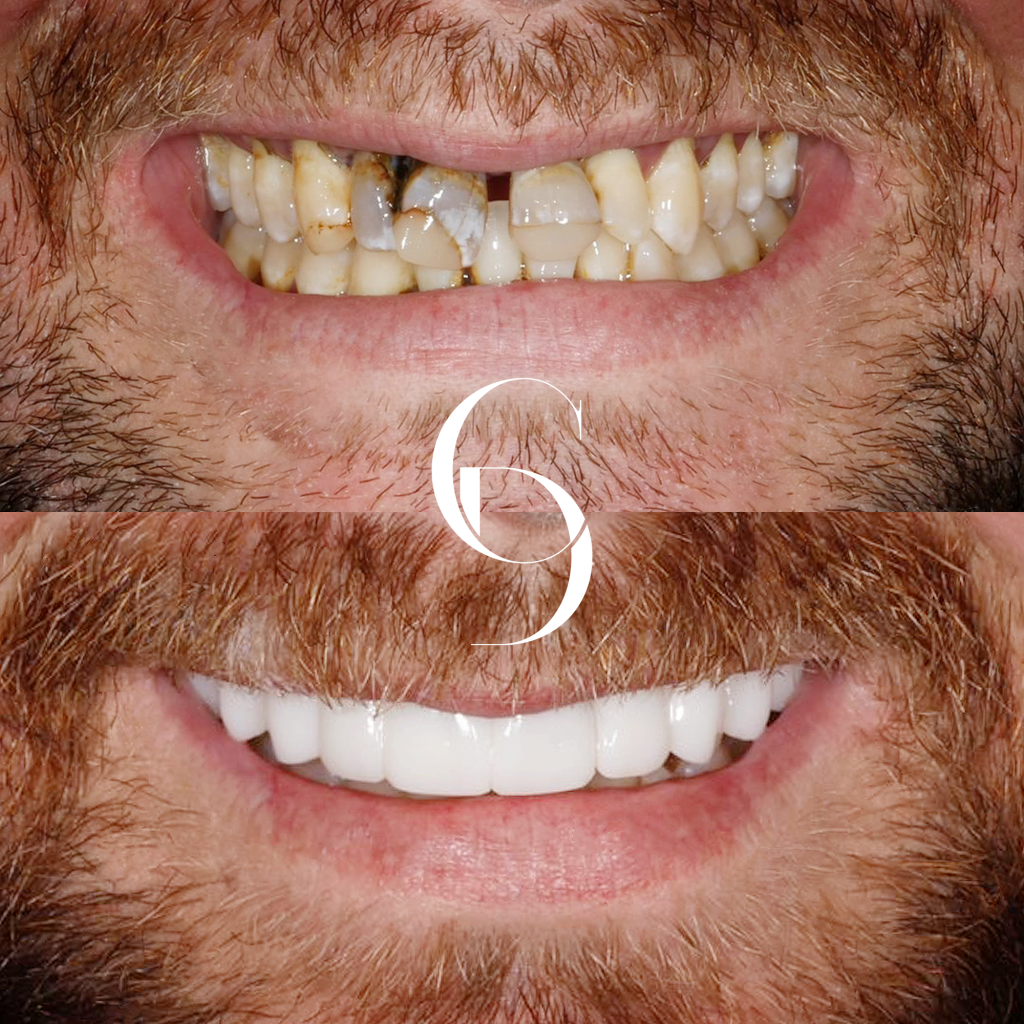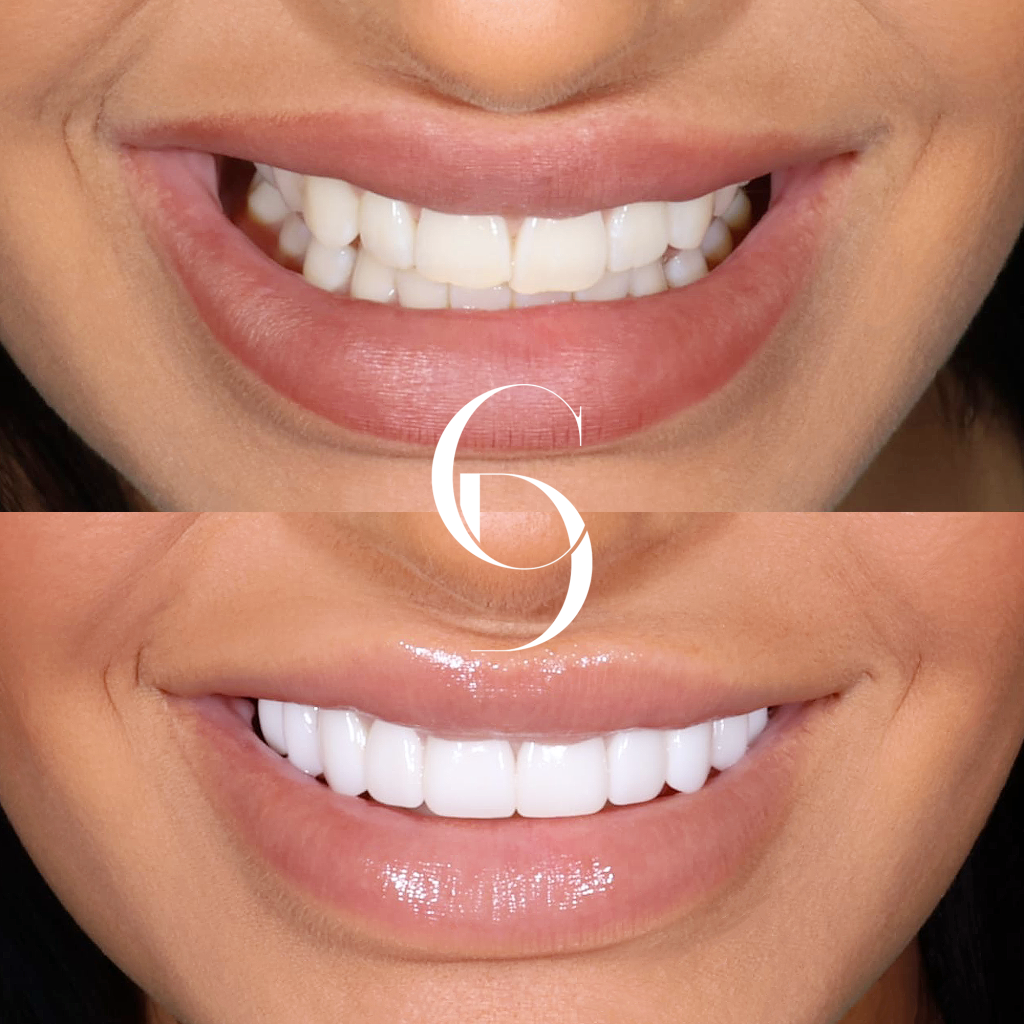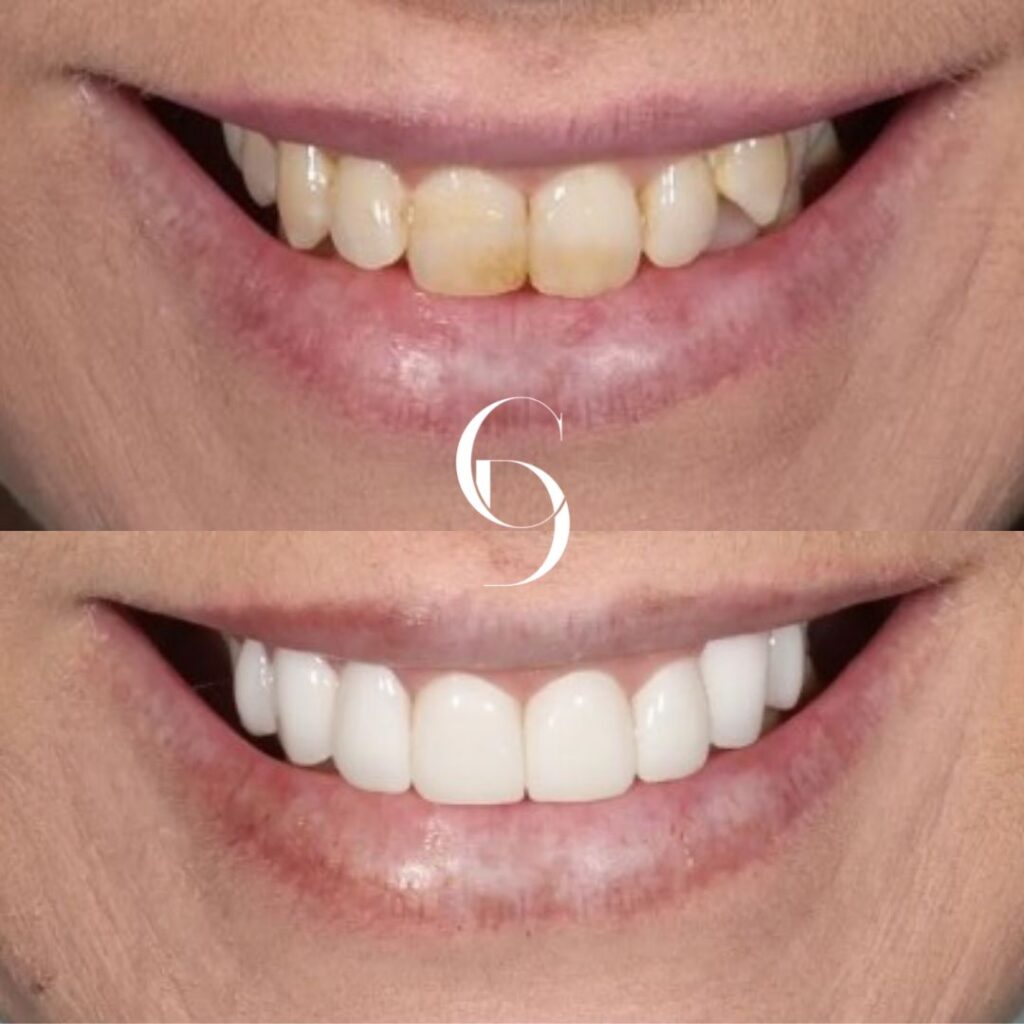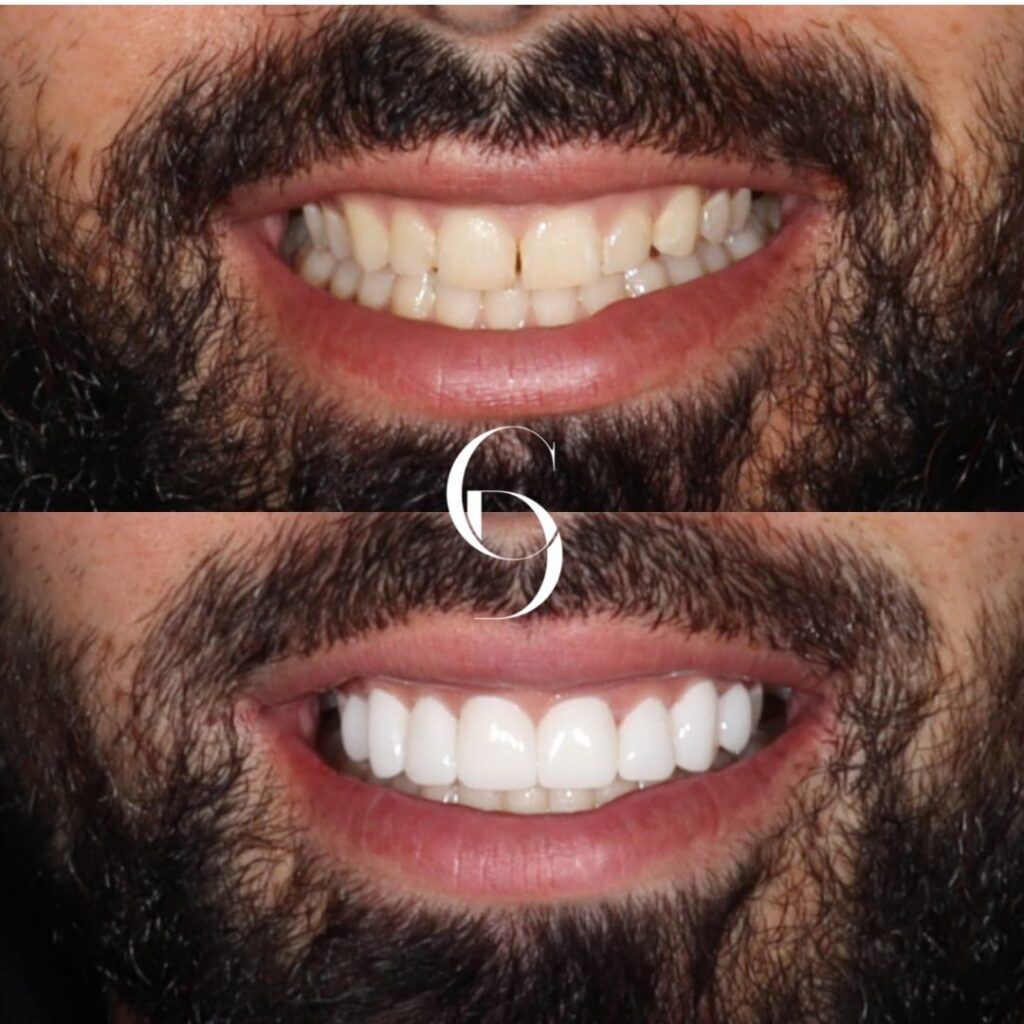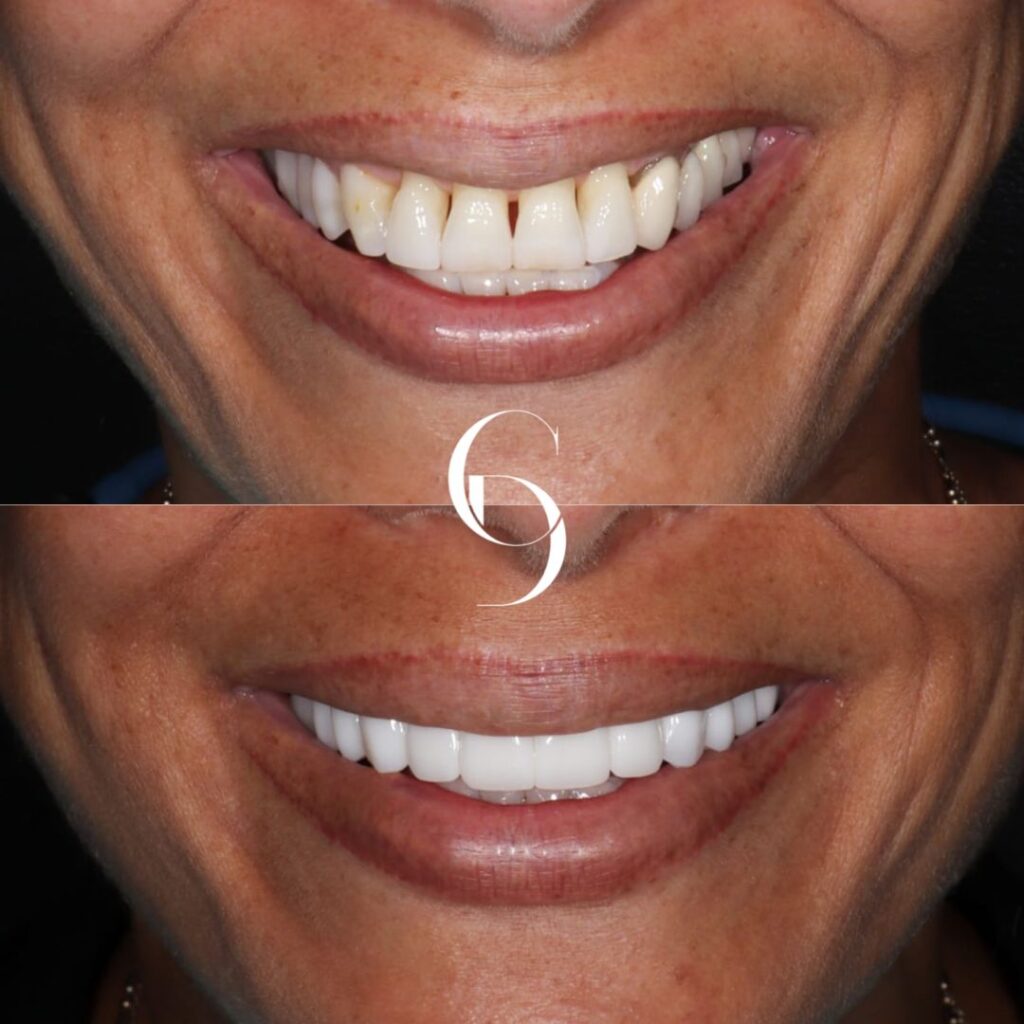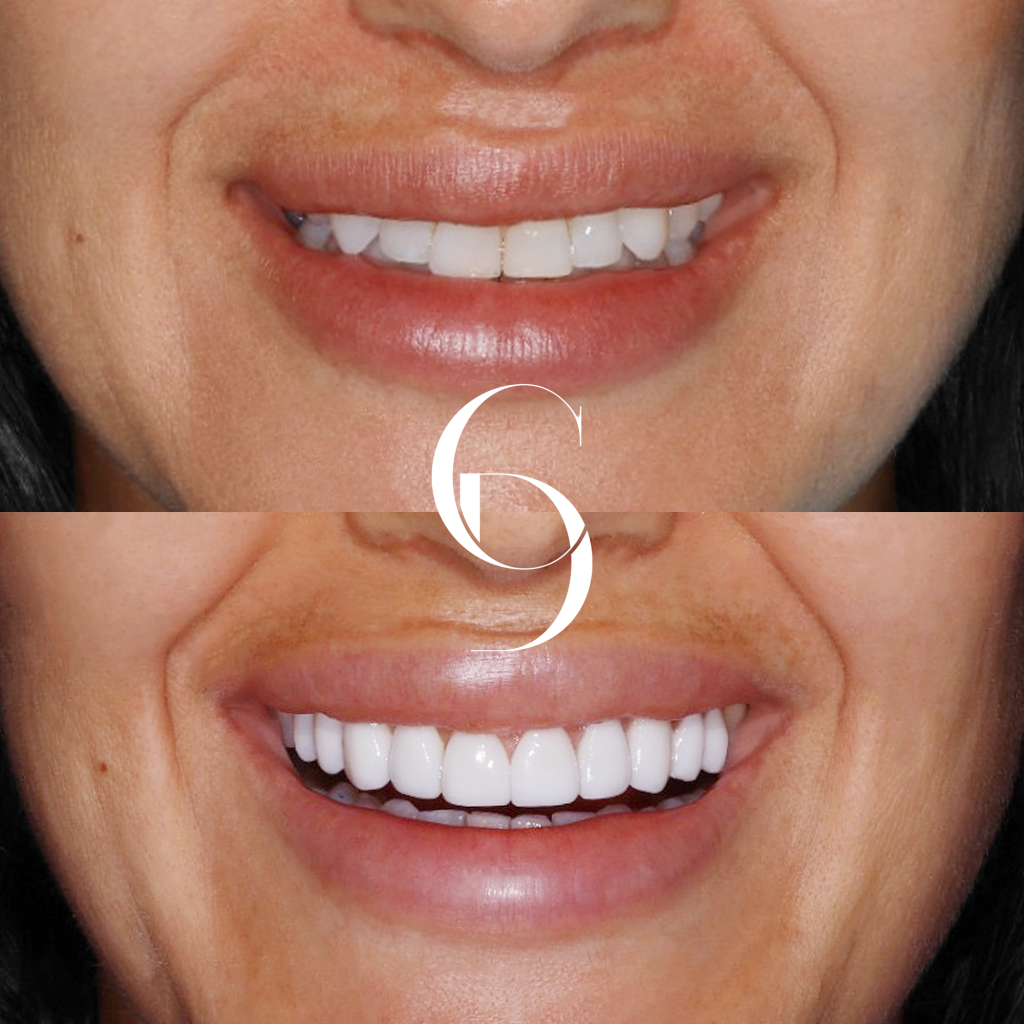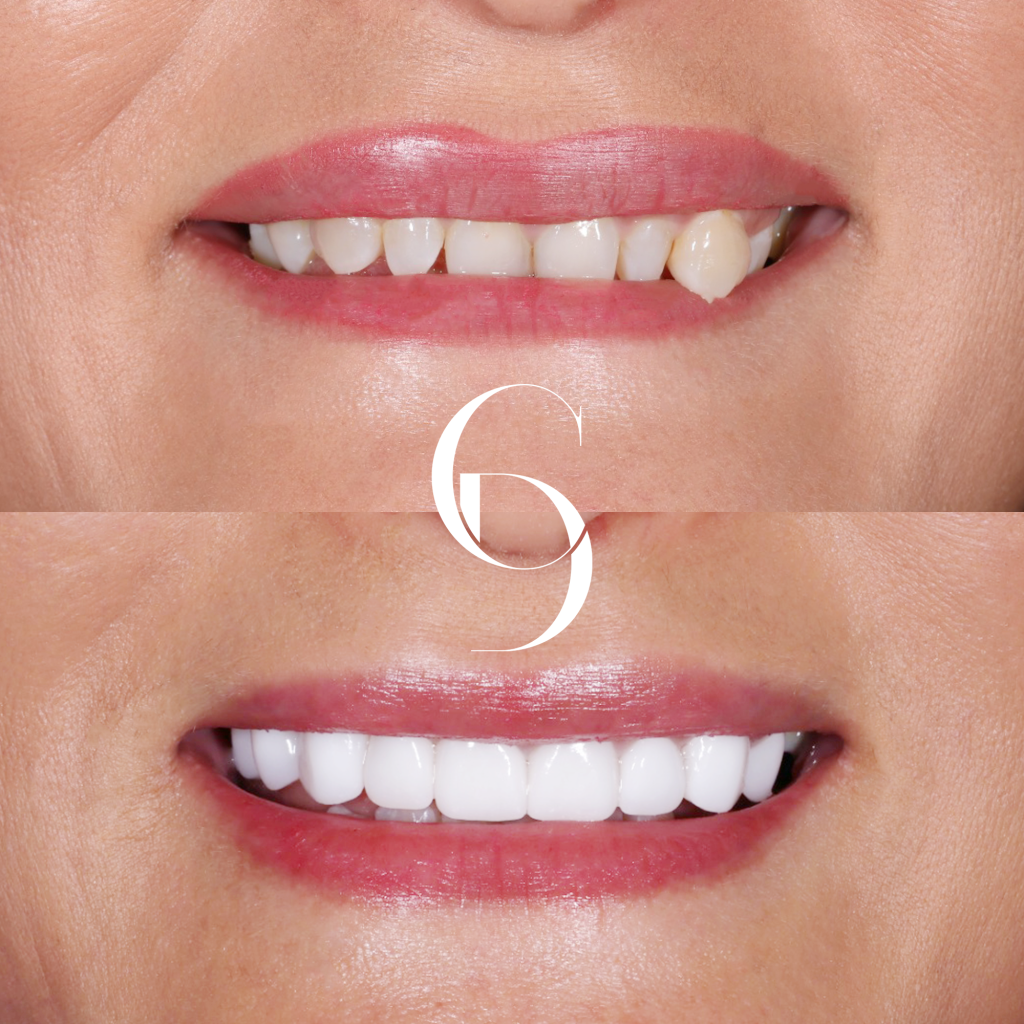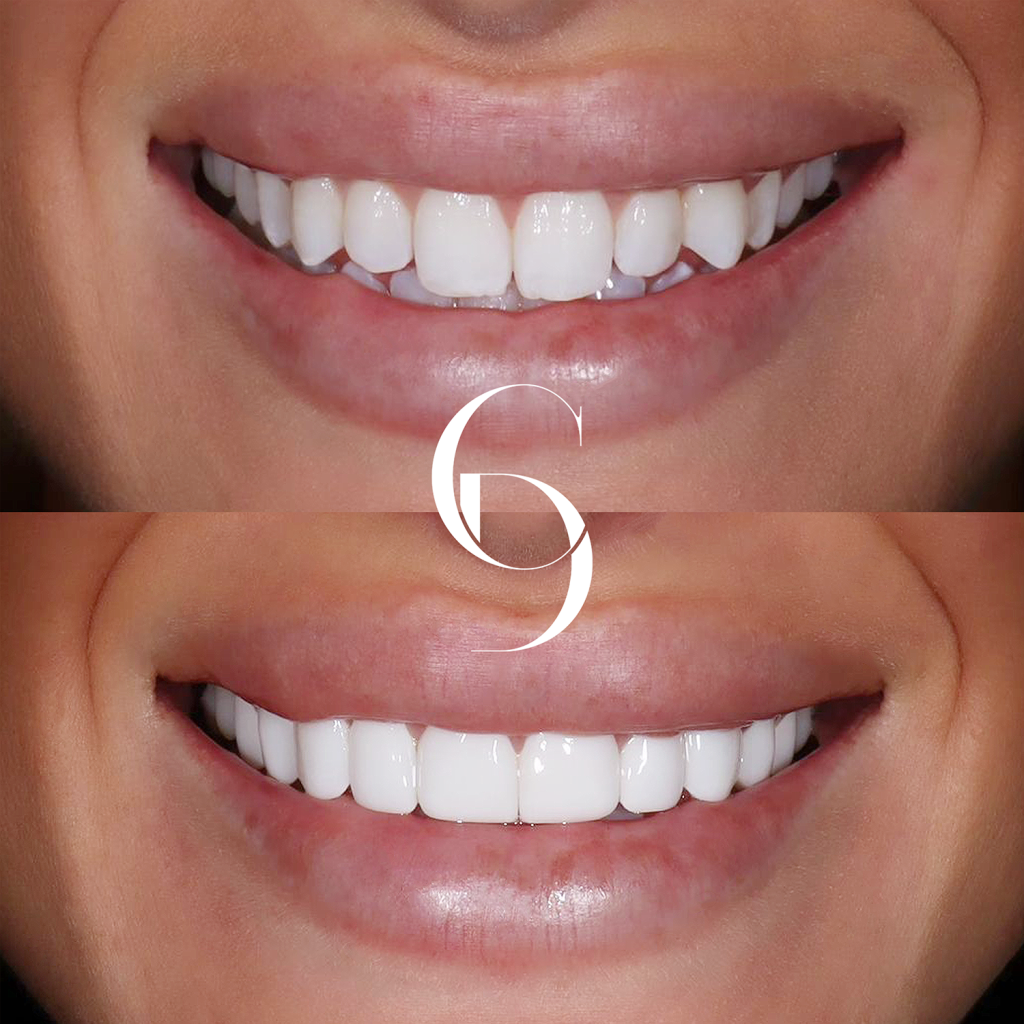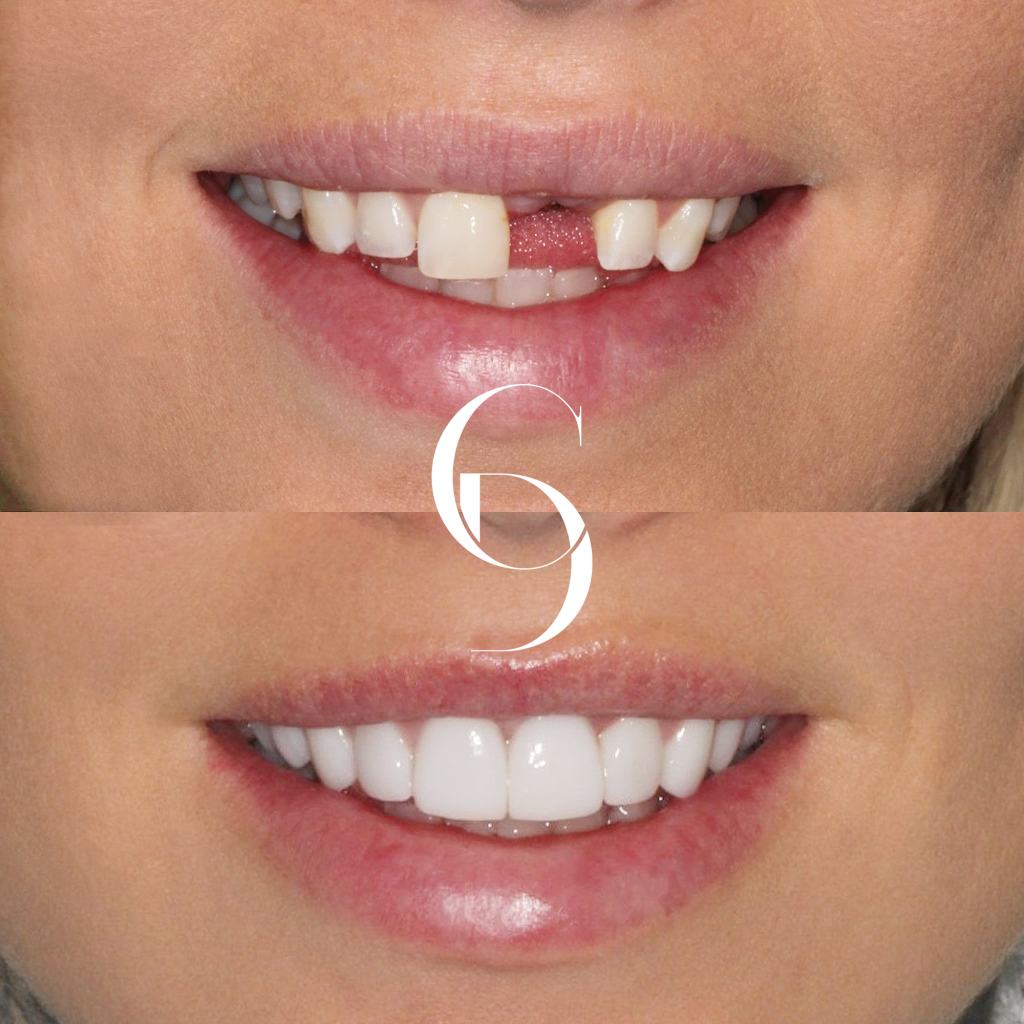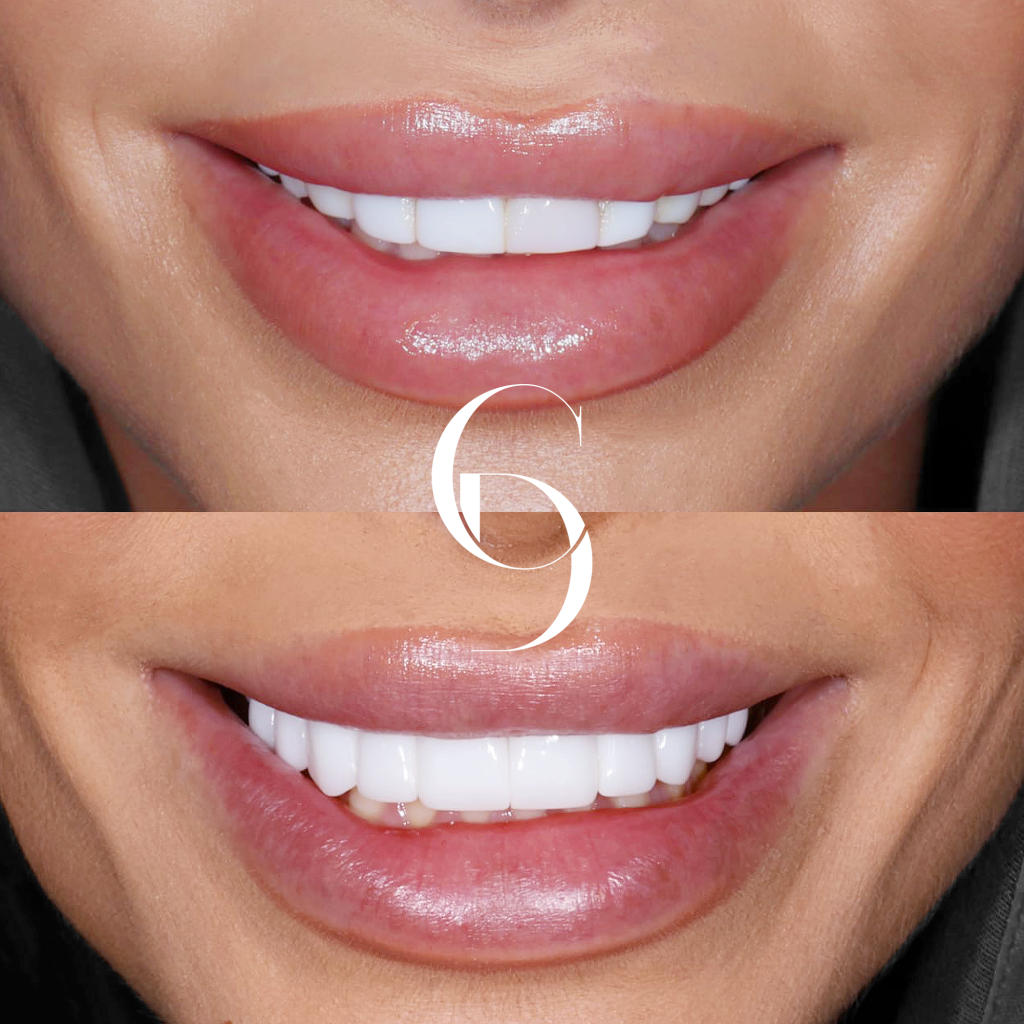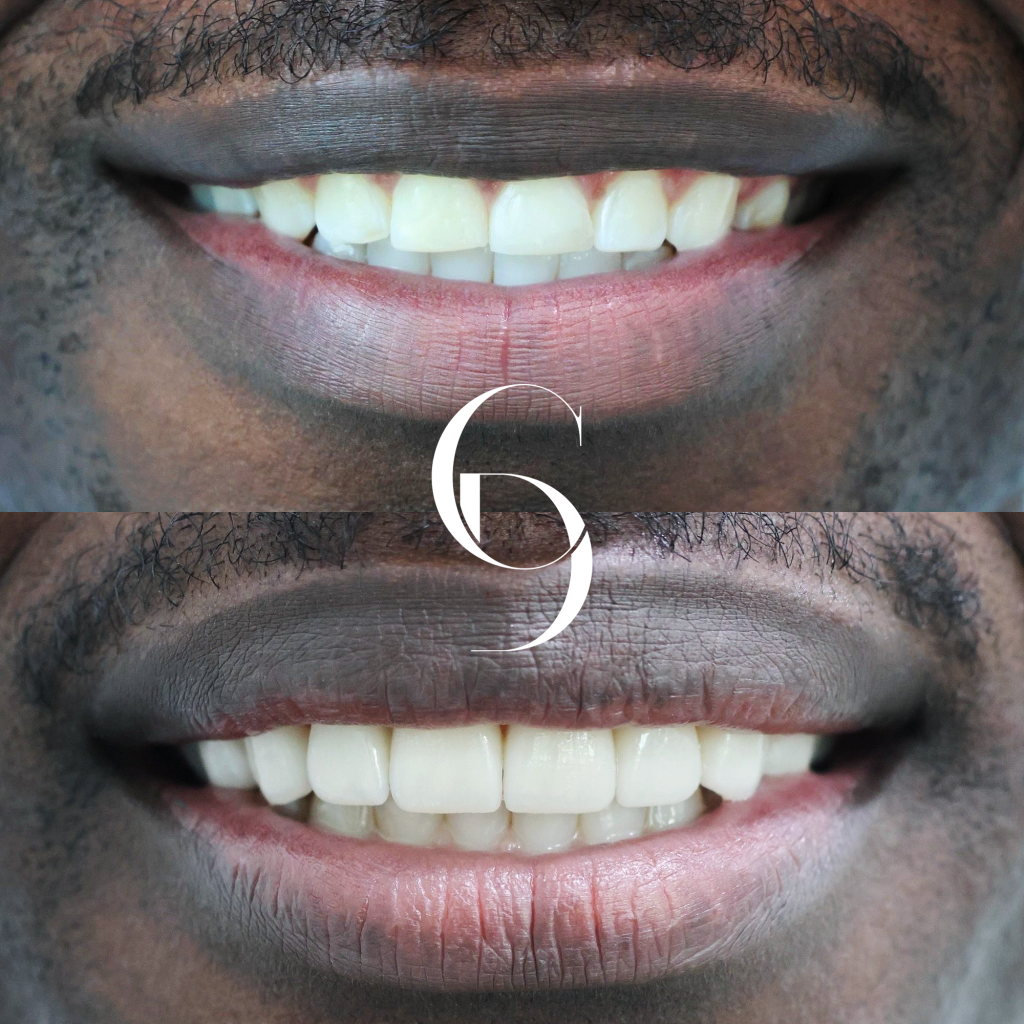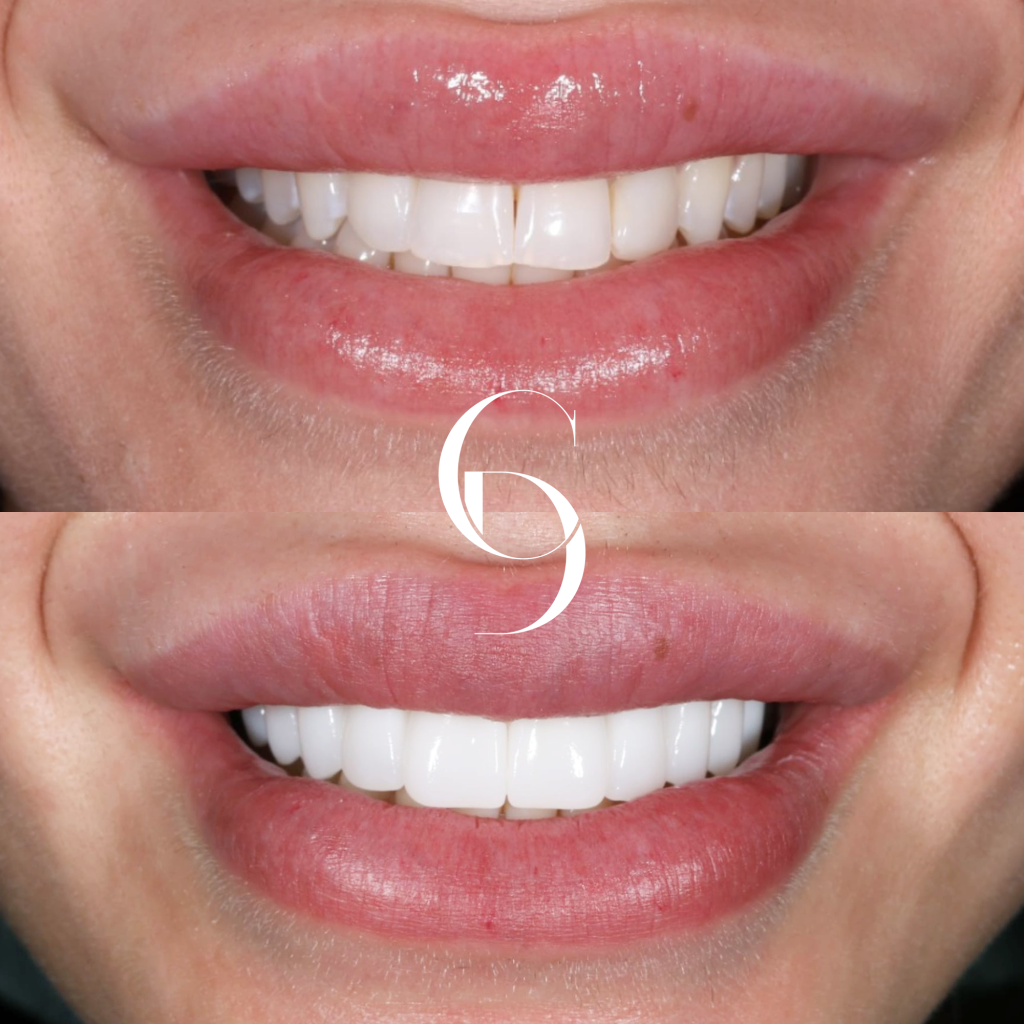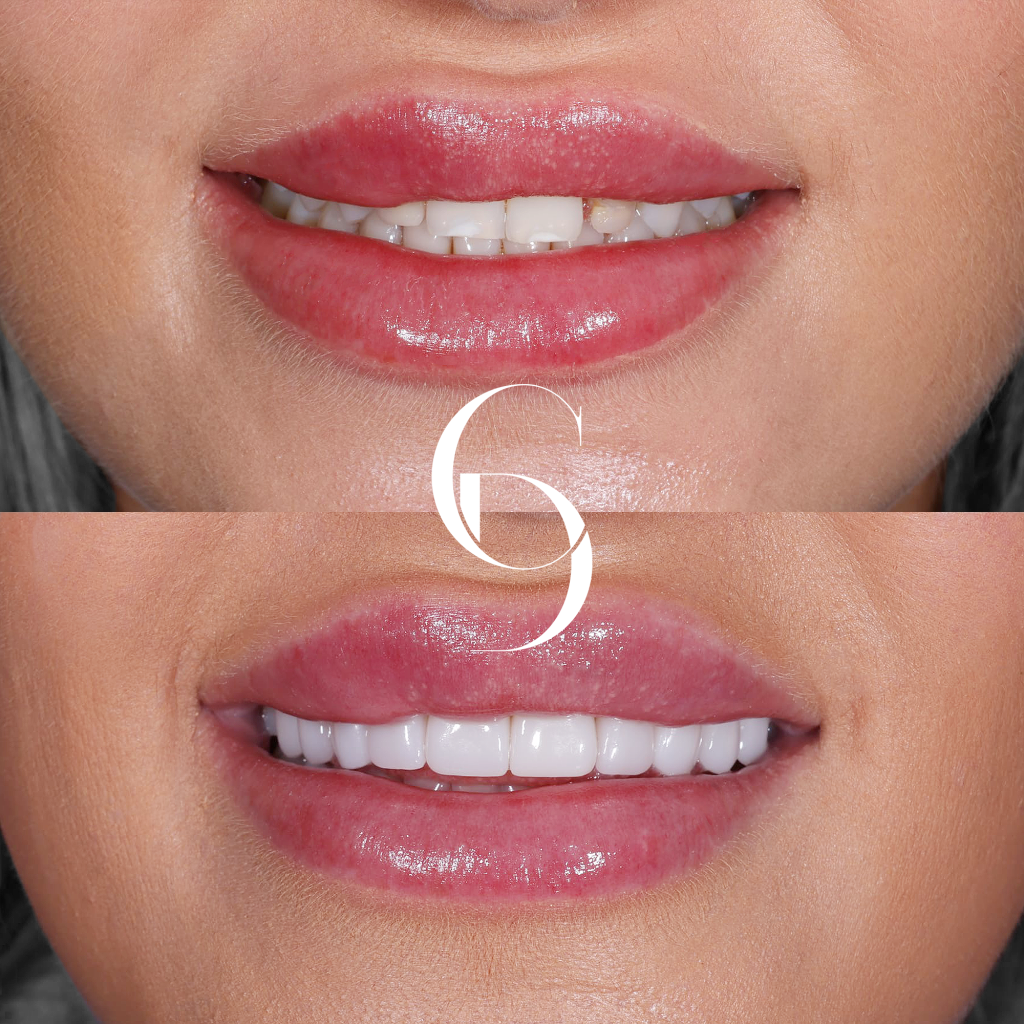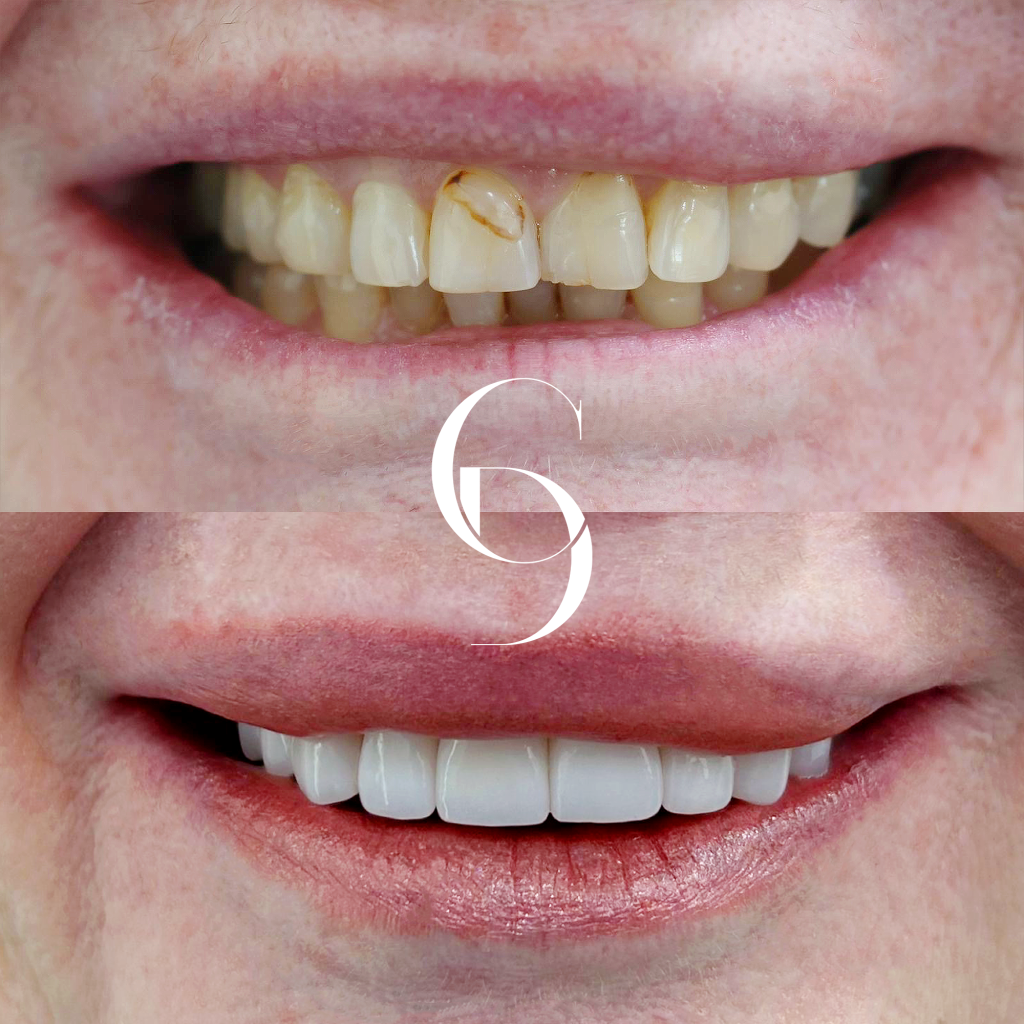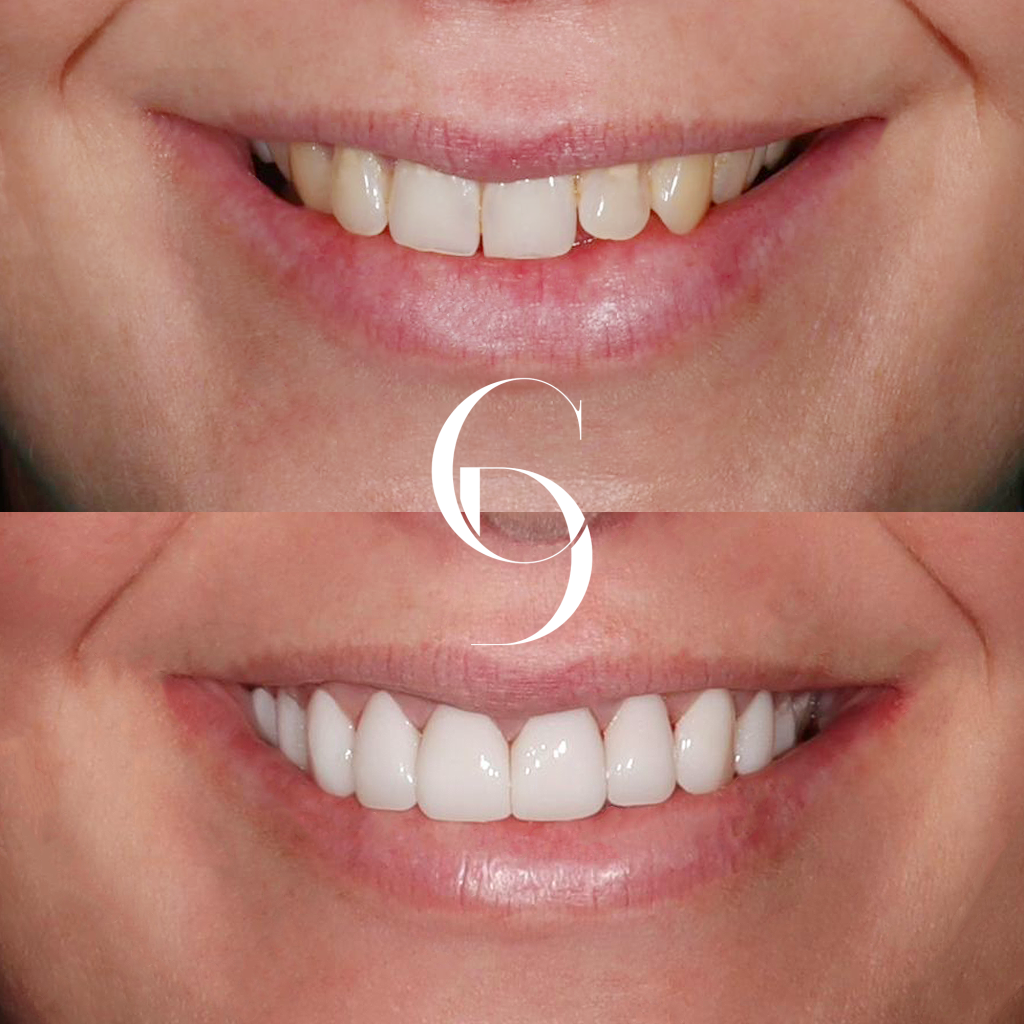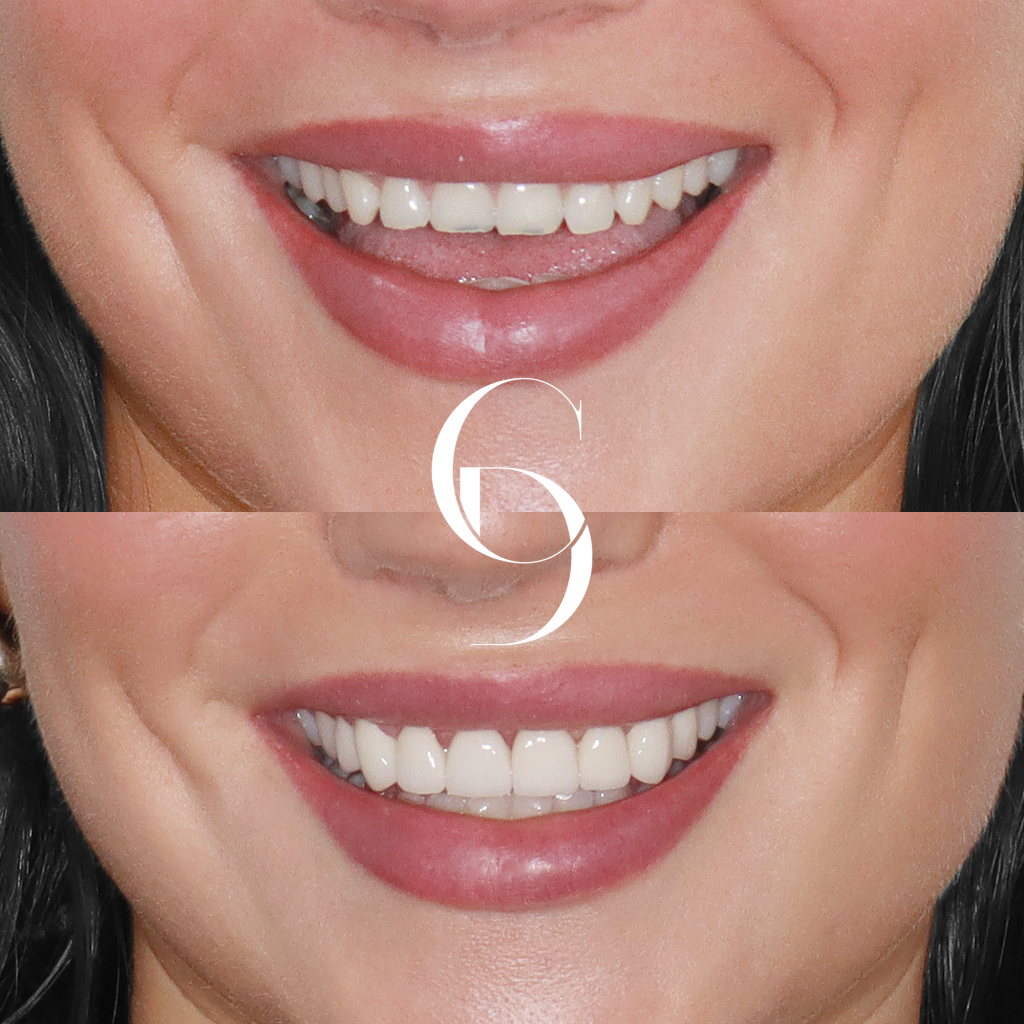When it comes to choosing the path to your brightest smile, the road is paved with options. Among the most popular are composite veneers and porcelain veneers.
Both offer a transformation that can boost your confidence and highlight your smile’s natural beauty. Yet, understanding the difference between composite and porcelain veneers is key to making an empowered decision.
Whether you’re a dental patient, a cosmetic procedure enthusiast, or simply keen on enhancing your oral health, this guide is tailored for you.
Understanding the Differences

Composite Veneers
Composite veneers are sculpted directly onto your teeth, offering a quick, effective way to hide discoloration, chips, or gaps. They’re crafted from a resin material that is shaped and cured to perfection right in the dentist’s chair, providing immediate results.
One of their standout benefits is the minimal tooth preparation required, making them a less invasive option. Plus, they’re more cost-effective upfront, which can be appealing if you’re looking for a beautiful solution within a budget.
Ultimately, both porcelain veneers vs composite can provide beautiful results, with the main difference being the materials used and the longevity of the results. It’s important to consult with your dentist and discuss your specific needs to determine which option is best for you.
Porcelain Veneers
Porcelain veneers, on the other hand, are thin shells of ceramic that are custom-made to fit over your teeth. Known for their durability and resistance to stains, porcelain veneers mimic the light-reflecting properties of natural teeth, offering a longer-lasting, almost indistinguishable option from your real teeth.
They require a more detailed process, involving tooth preparation, impressions, and a lab phase for crafting the veneers, which means you’ll need a couple of visits to complete your transformation.
Are Porcelain Veneers Better Than Composite?
Determining whether porcelain veneers teeth are better than composite comes down to your personal needs, preferences, and values. Porcelain veneers tend to have a longer lifespan, lasting anywhere from 10 to 15 years with proper care, compared to the 5 to 7 years for composite veneers. They also resist stains better, ensuring your smile stays brighter for longer.
However, composite veneer offers a more accessible and quicker solution, with the entire procedure often completed in a single visit. They’re easier to repair if damaged and less of a financial commitment upfront. This makes composite veneers an attractive option for many seeking an improved smile without the wait or higher initial investment.
Composite Veneers vs Porcelain Veneers
Porcelain Veneers Pros and Cons
Pros
Durability and Longevity: One of the most compelling advantages of porcelain veneers is their ability to withstand the test of time. With proper oral hygiene and regular dental check-ups, porcelain veneers can last between 10 to 15 years, sometimes even longer. This makes them a worthwhile investment for anyone looking for a long-term solution.
Stain Resistance: Porcelain has an impressive ability to resist stains from coffee, tea, smoking, and red wine, ensuring your smile remains radiant and bright. This stain resistance is due to the smooth, impervious surface of porcelain, which doesn’t allow stains to penetrate easily.
Aesthetics: Porcelain veneers offer a high degree of realism that’s hard to distinguish from natural teeth. They mimic the light-reflecting qualities of real teeth and can be custom-made to match the shape, colour, and size that best fits your face and smile.
Cons
Cost: The initial cost of porcelain veneers is higher than composite veneers. Given their durability and aesthetic superiority, the investment is significant but also more costly upfront. It’s an important consideration for anyone budgeting for cosmetic dental procedures.
Irreversible Process: The porcelain veneers procedure involves removing a small amount of tooth enamel to ensure a proper fit. This process is irreversible, meaning once you decide to go ahead with porcelain veneers, there’s no going back to the original state of your teeth.
Preparation and Waiting Time: Unlike composite veneers, which can be done in a single visit, porcelain veneers require at least two visits. The process involves tooth preparation, taking impressions, and waiting for the dental laboratory to create the veneers. This means you’ll need to be patient before you can enjoy your new smile.
Composite Veneers Pros and Cons
Pros
Immediate Results: One of the most compelling benefits of composite veneers is the immediacy of the transformation. In just one visit to the dentist, you can walk out with a noticeably improved smile, making it perfect for those seeking quick cosmetic changes.
Cost-Effective: If you’re looking to enhance your smile without making a significant dent in your wallet, composite veneers are an attractive choice. They offer a beautiful aesthetic improvement at a fraction of the porcelain veneers cost.
Minimal Tooth Alteration: The procedure for composite veneers requires minimal removal of tooth enamel, preserving more of your natural tooth structure. This less invasive approach is not only appealing for those concerned about preserving their natural teeth but also reduces the discomfort associated with the procedure.
Repairability: Unlike porcelain veneers, if composite veneers are chipped or damaged, they can often be easily repaired or refinished in a single visit, providing a practical advantage in maintaining your smile’s appearance.
Cons
Durability and Longevity: Although composite veneers come with many advantages, they typically have a shorter lifespan than porcelain veneers, lasting about 5 to 7 years before they may need to be replaced or refurbished.
Stain Susceptibility: Composite material is more porous than porcelain, making composite veneers more susceptible to stains from foods, drinks, and smoking. To maintain their appearance, a more diligent oral hygiene routine and potential lifestyle adjustments may be necessary.
Maintenance: Given their susceptibility to staining and potential for wear, composite veneers may require more regular maintenance compared to their porcelain counterparts. This can include professional polishing or minor repairs to keep your smile looking its best.
Why Choose Cosmetique Dental?
At Cosmetique Dental, we’re proud to have provided over 2,000 bespoke smile transformations across our 9 locations in Australia, including 7 branches in Sydney and 2 in Canberra. Our experienced team has crafted over 12,500 veneers, assisting more than 90,000 patients with their dental care over the past 12 years.
We offer both porcelain and composite veneers, empowering you with the choice to select the best option for your smile. Our commitment to bespoke care ensures that every patient receives a solution tailored to their unique needs and desires.
Choosing between composite veneers vs porcelain veneers is a significant decision. But remember, it’s not just about transforming your smile; it’s about enhancing your confidence and quality of life. With the right information and a trusted partner like Cosmetique Dental, you’re well on your way to the smile of your dreams.
Are you ready to explore your options further? Contact us to discover how we can craft your perfect smile with either composite or porcelain veneers. Your brightest smile is just a decision away.

